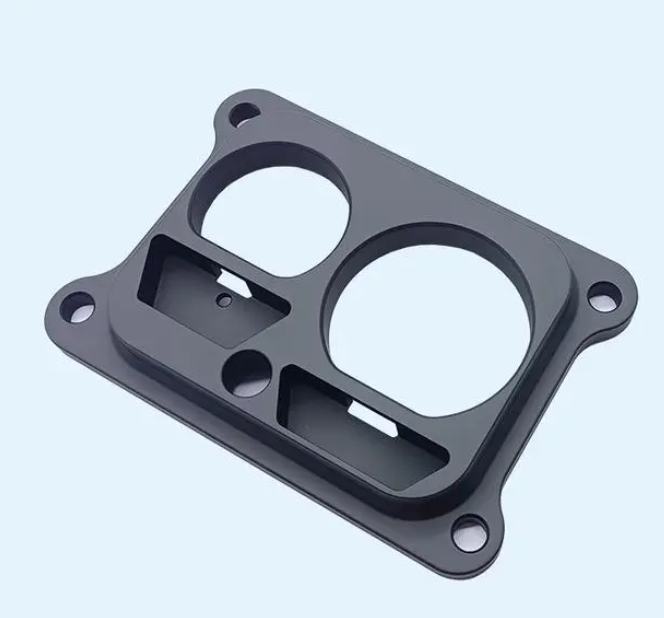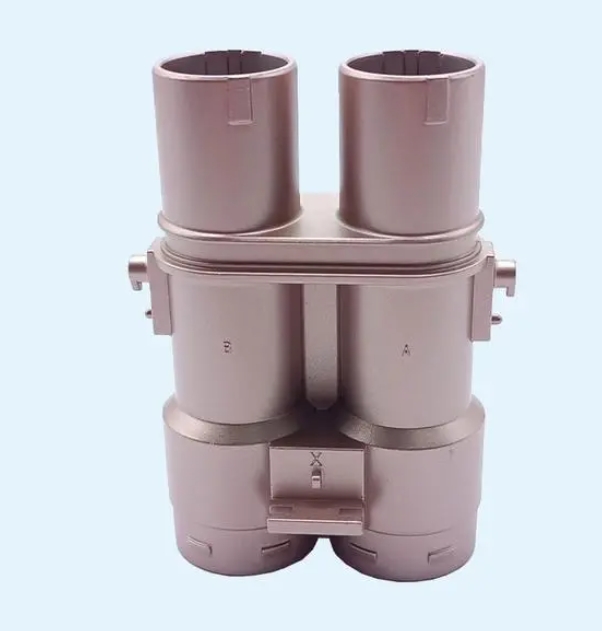Why do zinc alloy die casting products protrude at the top ?
Release time:2023-12-12
Why do zinc alloy die casting products protrude at the top ?
Zinc alloy die casting is a more common manufacturing process, products are also widely used in electronics, automotive, construction and other fields. However, zinc alloy die-casting products sometimes have the problem of top bulge, which seriously affects product quality, productivity and performance. Ustar will analyze the causes of zinc alloy die casting products
1. Zinc alloy raw materials. The raw material of zinc alloy die-casting is not pure enough and contains impurities, which will cause the alloy performance to decline and increase the risk of top bulge.
2. Mold design is unreasonable. The mold design does not consider pressure relief, which causes the zinc alloy to fill the mold under high pressure, causing the top to bulge.
3. Improper setting of process parameters in the process of zinc alloy die casting. For example, the casting temperature is too high, the pressure is too small, the injection speed is too fast, etc., will cause the zinc alloy to shrink unevenly during the cooling process, resulting in the top bulge .
The main reasons for the protruding top of zinc alloy die-casting products include raw material problems, unreasonable mold design, improper process parameter setting and improper production operation. To solve these problems, we can take the following measures
1. Select high-purity zinc alloy raw materials to strictly control the impurity content.
2. In the mold design, the structure should be optimized, and the exhaust groove should be rationally arranged to reduce the protruding phenomenon at the top.
3. The casting process parameters should be precisely controlled to ensure the stability of the quality of zinc alloy die casting products.
4. Operation specifications should be strengthened in the production process to avoid the occurrence of the problem of protruding at the top.
4. Improper operation in the production process. For example, the mold is not fully closed, resulting in zinc alloy overflow when filling; Or in the process of injection, there is a cut-off situation, so that the zinc alloy is not evenly filled.












